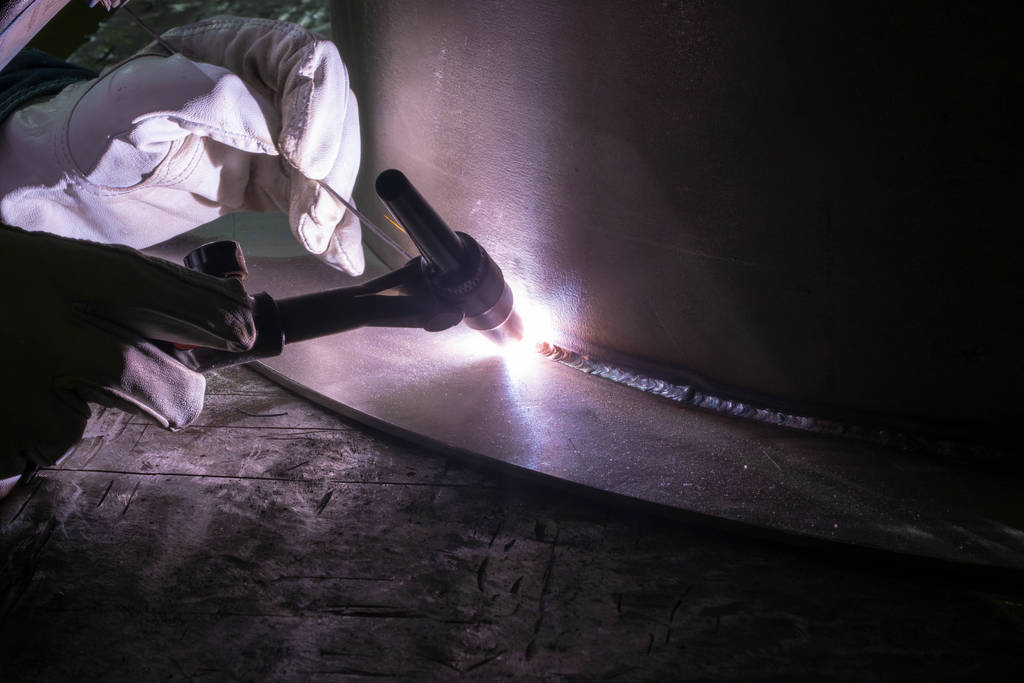Tungsten & Molybdenum
 Jun 10, 2022|
Jun 10, 2022| View:260
View:260
|
Tungsten and molybdenum are commonly used refractory metals that are used as electrode materials in resistance welding because of their high melting point,
high hardness and resistance to sticking. Tungsten and molybdenum also have higher electrical conductivity than metals such as iron.
Tungsten lacks plasticity at room temperature and is prone to brittle cracking. Integral electrodes made of tungsten rods are only suitable for welding under low current
and low pressure, such as welding small copper alloy parts in electronic products; when welding under high current and high pressure, tungsten rods or tungsten sheets
are often embedded in copper alloys. The head of the electrode constitutes a composite electrode. In this way, on the one hand, the conductivity of the electrode can be
improved, the heat dissipation effect of the tungsten electrode can be improved, and on the other hand, the tungsten electrode can be prevented from being broken by
impact during welding.
Molybdenum has a lower melting point than tungsten, and its thermal conductivity, thermal expansion rate and electrical conductivity are similar to tungsten. The hardness
of molybdenum is lower than that of tungsten, and it has excellent toughness and is easy to process. Molybdenum is used as an electrode in the same way as tungsten, and
is often used together with copper alloys to make inlaid composite electrodes.
Due to the limitation of material size, the use of pure tungsten or pure molybdenum for electrode inlays generally cannot be made too large, and the form of electrodes is also
limited. Therefore, powder sintered materials such as copper-tungsten and silver-tungsten are mostly used.
As a resistance welding electrode material, copper-tungsten usually contains more than 60% tungsten by weight. The commonly used varieties are Cu-W70 and Cu-W80.







